What is Brain Tumor? Types, Symptoms, Causes, Diagnosis & Treatment
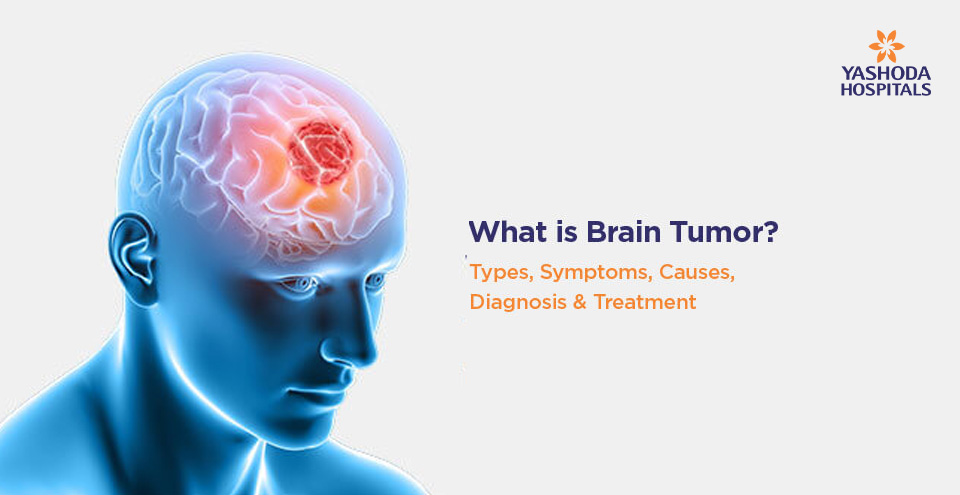
What is a tumor?
New growth of abnormal tissue that is often uncontrolled and progressive is called a tumor. A tumor can be a swelling in the part of a body, generally without inflammation, caused by an abnormal growth of tissue, whether benign or malignant.
What is a brain tumor?
A brain tumor is a tumor that develops in the cells of the brain. A growth, collection or mass of abnormal cells in the brain is called a brain tumor. The skull which encloses the brain is very rigid and any growth inside such a restricted space can cause problems.
It can be either noncancerous (benign) or cancerous (malignant) and vary greatly based on its location. The location of the tumor determines the effect on the central nervous system ( CNS) along with its symptoms and growth rate. When benign or malignant tumors grow, they can cause the pressure inside your skull to increase, this can lead to brain damage and can be life-threatening also. Brain tumor treatment options depend on the type of brain tumor one has along with its size and location.
What are the different types of brain tumors?
Brain tumors can be divided into primary and secondary tumors. Primary brain tumors originate in the brain and the majority of them are benign. Secondary brain tumors, also known as metastatic brain tumors, occur when the cancer cells spread to the brain from another organ, such lungs or breast.
Types of brain tumors
Primary brain tumors
These tumors are originated in the brain and can develop from:
- Brain cells
- The membranes that surround the brain, called as meninges
- Nerve cells
- Glands
Primary tumors can be noncancerous (benign) or cancerous (malignant). The most common types of brain tumors in adults are gliomas and meningiomas.
Gliomas
Tumors that occur in the brain and spinal cord are called Gliomas. They begin in the supportive cells (glial cells) that surround the nerve cells and help them function. These tumors develop from different types of glial cells. Three types of glial cells are involved in producing tumors. These Gliomas can be divided based on the type of glial cells involved in the tumor along with the tumor’s genetic features. These cells
- Support the structure of the central nervous system
- Provide nutrition to the central nervous system
- Clean cellular waste
- Help in breaking down dead neurons
The other types of tumors that begin in the glial cells are:
- Astrocytic tumors which originate in the cerebrum – astrocytomas
- Tumors which are found in frontal temporal lobes – oligodendroglial tumors
- The most aggressive type of tumors which originates in the supportive brain tissue- glioblastomas

Other primary brain tumors are:
- Pituitary tumors – can be benign
- Pineal gland tumors – can be benign or malignant
- Ependymomas – can be benign
- Craniopharyngiomas – occur mostly in children , are benign in nature and usually have clinical symptoms like premature puberty and change in vision
- Primary central nervous system ( CNS) lymphomas – malignant
- Primary germ cell tumors – can be benign or malignant
- Meningiomas – tumors which originate in the meninges
- Schwannomas – tumors which originate in cells that produce the protective cover of the nerves ( myelin sheath ) – Schwann cells
The most common type of tumors in people between the ages of 40 and 70 are meningiomas and schwannomas. These meningiomas are more common in women than men whereas schwannomas are equally common in both genders. These tumors are usually benign and can cause complications depending on their location and sizes. Certain meningiomas and schwannomas are very aggressive and rare in nature.
Secondary brain tumors
These secondary tumors contribute to the majority of brain cancers. They originate in one part of the body and spread rapidly or get metastasized in the brain. The following are metastasized to the brain:
- Breast cancer
- Kidney cancer
- Lung cancer
- Colon cancer
- Skin cancer
These brain tumors are always malignant, whereas benign tumors do not spread from one part to another part of the body.
What are the causes and risks of a brain tumor?
The causes for most brain tumors are unknown. There are several other risk factors involved that may increase the chances of developing a brain tumor.
Some of the risk factors are:
Family history: Only about 5 to 10 % of cancers are genetically inherited or can be hereditary. Some genetic conditions increase the risks of getting a brain tumor, which include tuberous sclerosis, neurofibromatosis type 1 & type 2 and turner syndrome.
Age : The risks for most types of brain tumors increase with age ( occurs mostly in older adults aged 85 to 89), and some types of brain tumors are most common in children.
Race : These tumors are more commonly seen in Caucasians, whereas African -American people are most likely to get meningiomas.
Radiation: People who get exposed to radiation account for a very small amount of brain tumors, whereas getting exposed to ionizing radiation frequently has an increased risk of brain tumors, such as people who have had CT scans, radiotherapy or X- rays of the head.
Chemical Exposure: Getting exposed to certain chemicals that may be present in a working environment can increase the risk for brain cancer.
What are the symptoms of a brain tumor?
The general signs and symptoms of brain tumors vary greatly and depend entirely on the tumor’s location, size and rate of growth. Some tumors can cause direct damage by invading the brain tissue while the tumors can cause pressure on the surrounding brain. Symptoms are quite evident when a tumor is growing by putting pressure on the brain tissue.
Headache is a common symptom of a brain tumor. There may be a new onset or change in the pattern of headaches. They can gradually become more frequent and more severe. A person having a brain tumor may experience a headache that can be worse in the morning when woken up , or can occur during sleeping, and are made worse by exercise, cough or a sneeze.
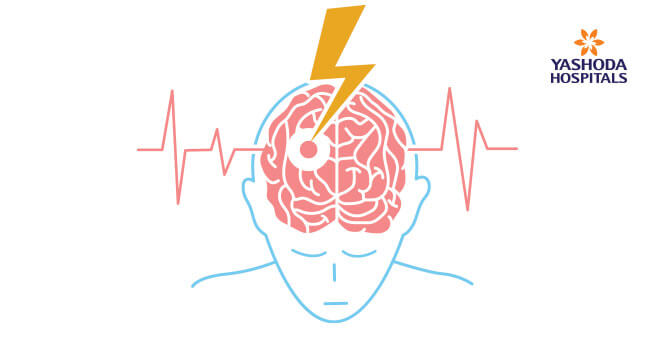
Some other symptoms are:
- Unexplained vomiting or nausea
- Double vision , or blurred vision or loss of peripheral vision
- Difficulty in speech
- Gradual loss of movement or sensation in an arm or a leg
- Difficulty with balance and walking
- Behavioral changes or change in personality
- Seizures – more common in adults
- Weakness of a part of the face or a limb
- Clumsiness
- Loss of memory
- Confusion in daily chores
- Difficulty in writing and reading
- Difficulty in hearing,tasting or smelling
- Drowsiness and loss of consciousness
- Difficulty to swallow
- Vertigo or dizziness
- Hand tremors
- Loss of bladder or bowel control
- Drooping eyelids
- Tingling sensation or numbness of one side of the body
The following symptoms can be seen in pituitary tumors:
- Lack of menstruation in women
- Discharge from nipple or galactorrhea
- Gynecomastia or breast tissue development in men
- Enlarging hands and feet
- Sensitivity towards heat and cold
- Excessive amounts of body hair
- Low Blood pressure
- Blurry vision or tunnel vision
- Obesity
How can brain tumors be diagnosed?
Diagnosing a brain tumor mainly begins with a thorough physical exam and a detailed evaluation of a patient’s medical history. A detailed neurological exam is conducted to see if the cranial nerves which originate in the brain are intact. The doctor also evaluates the patient’s muscle strength, coordination, memory and ability to do mathematical calculations. A thorough eye examination is done with an ophthalmoscope to examine the changes in the optic nerve.
Some other tests that help in the diagnosis of brain tumor are:
CT scan of the head: These scans help in getting a more detailed scan of the body than an X-Ray and can be done with or without contrast. A special dye is used in the CT scan that helps the doctors in seeing some structures like blood vessels more clearly.
MRI of the head: A special dye is used in the MRI and helps in detecting tumors. MRI is different from a CT scan because it is done without radiation and helps in providing a detailed picture and structure of the brain itself.
3T intraoperative MRI (iMRI) is a revolutionary technology aiding neurosurgery in brain tumor surgeries. This advanced technology helps doctors to do neurosurgeries safely as well as accurately. Yashoda Hospitals is the first hospital in India that has a 3t intraoperative MRI. Yashoda Hospitals surgeons are exclusively using this 3 Tesla intraoperative magnetic resonance imaging for brain tumor treatments. In our hospital, this iMRI is located in the surgery room and is used for presurgical mapping as well as during brain surgeries and helps our surgeons and other staff by giving quality images of a brain.
3T-iMRI is one of the most advanced technologies in brain tumor surgical procedure. With this technology, surgeons can take the patient’s brain images right from the surgical table with an assured optimum position. With these real-time surgical corrections, additional surgeries are eliminated in many cases.
Angiography: In this study, a special dye is used that is injected into the artery, usually in the groin area. This dye travels to the arteries of the brain and helps the doctor in seeing the source of blood supply of the tumor and this information can be used during the time of surgery as well.
Xray of skull : Brain tumors can lead to breaks or fractures in the bone of the skull and specific x rays are used to detect these. These x rays also help in detecting calcium deposits which are sometimes present within a tumor. These calcium deposits can be in the bloodstream if cancer has moved to the bones.
Biopsy: Obtaining a small piece of tumor for examination is called a biopsy. A neuropathologist examines this biopsy. This biopsy helps in identifying if the tumor cells are benign or malignant and help in determining whether cancer originated in the brain or some other part of the body.
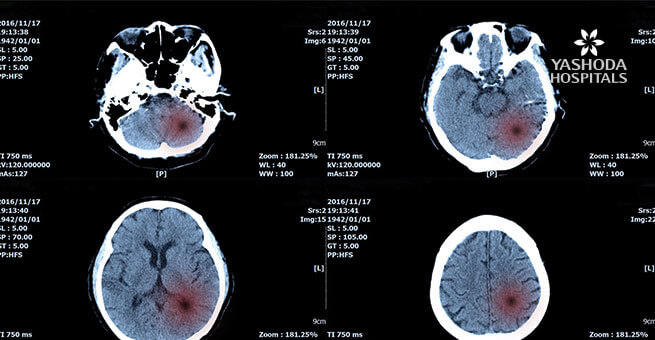
Treatment of brain tumors
Treatment of a brain tumor entirely depends on
- Type of the tumor
- Size of the tumor
- Location of the tumor
- General health of the patient
Surgery is the most common treatment for malignant brain tumors. The main motive is to remove the parts affected by cancer as much as possible without causing damage to the healthy parts of the brain. The location of some tumors helps in easy and safe removal, while other tumors are located in an area that makes it difficult for the removal. Partial removal of brain cancer can also be beneficial.
Infection and bleeding are some of the risks that are involved in brain surgeries. Benign tumors which seem clinically dangerous can also be removed surgically. Certain tumors like metastatic brain tumors are treated based on the guidelines of the cancer type.
Radiation therapy and chemotherapy are combined along with surgery if required.
Brain tumour and Covid-19
Brain tumor patients with malignant tumors are at high- risk as the patient’s immune system is more compromised due to chemotherapy and radiation, thus making them more susceptible to COVID- 19
It is a challenge for neurosurgeons in the ongoing pandemic or public health crisis caused by the coronavirus disease 2019 ( Covid -19) to maintain a balance with Covid-19 screening along with timely brain surgery.
It can be stated that during the COVID-19 pandemic patients awaiting brain surgeries can be treated in the most effective manner without a compromise in the patient’s safety.
Certain protocols for brain tumor treatment to be followed during Covid- 19 pandemic.
- There should be careful selection of criteria and a multidisciplinary evaluation should be done to assess the optimal therapeutic strategy.
- Brain tumors cannot be treated like other cancers , and can be classified into benign or malignant. Malignant tumors are further divided based on their pathology of high grade or low grade.
- There are not much variant changes in the management protocol of brain tumors since the COVID-19 pandemic
- It is always advisable to discuss with the doctor, to understand the severity of the disease and the gravity of the condition, standard of care for the type of tumor and whether alternatives are available for treatment with equal efficacy or not.
- Certain options like radiosurgery can be done for certain tumors instead of surgery to reduce time of hospital stay
Some general precautions to be taken by brain tumor patients undergoing treatment presently:
- Everyone along with the patient should wash their hands often with soap and water for at least 20 seconds , and this should be repeated as many times as possible.
- An Alcohol based rub can also be used
- Use a tissue while coughing or sneezing or cough into your elbow.
- Do not touch the face unnecessarily , especially the mouth, nose and eyes. An eyewear such as a goggle can be used to protect the eyes
- Physical distancing of 1to 2 meters is advised.
- Use a mask to protect the face.
- Follow hand hygiene , physical distancing and sanitizing of spaces as well , while travelling and when in the hospital premises.
- Ask the healthcare provider to follow the protective steps as well.
Can brain tumor treatment be postponed?
- Every patient’s medical history differs from one another and in terms of tumour it is necessary to identify the needs of an individual and the treatment required through personal approach.
- A tumor which appears life threatening or causes rapid neurological deterioration or is aggressive in nature should be treated with surgery, radiation, chemotherapy or with different combinations of them as indicated.
- Thorough discussion with the doctor is advisable , to assess the waiting time period for the treatment or to assess the nature of the illness of the patient.
It can be said that the effects of treatments, the complete treatment time and its benefits are interlinked with each other and can vary between patients and their tumors and all concerns relevant to the treatment and the pandemic should be discussed in detail with the doctor.
References:
- Mayo clinic, Brain tumor: https://www.mayoclinic.org/diseases-conditions/brain-tumor/symptoms-causes/syc-20350084
- Johns Hopkins medicine, Brain tumour: https://www.hopkinsmedicine.org/health/conditions-and-diseases/basics-of-brain-tumors
- Healthline, Brain tumor: https://www.healthline.com/health/brain-tumor
- WebMD, Brain Tumors in Adults: https://www.webmd.com/cancer/brain-cancer/brain-tumors-in-adults
- Cancer.gov, Brain Tumors: https://www.cancer.gov/types/brain
About Author –
Dr. Ravi Suman Reddy, Senior Neuro & Spine surgeon, Yashoda Hospitals – Somajiguda
MCH (NIMHANS), Advanced training in Stereotactic Radiosurgery (Brain Lab Academy – Germany). His expertise includes frameless stereotactic neurosurgery, minimally invasive spine surgery, spine stabilization, nerve radiofrequency ablation, cranial micro neurosurgery, cranio-spinal trauma, and endoscopic surgery.






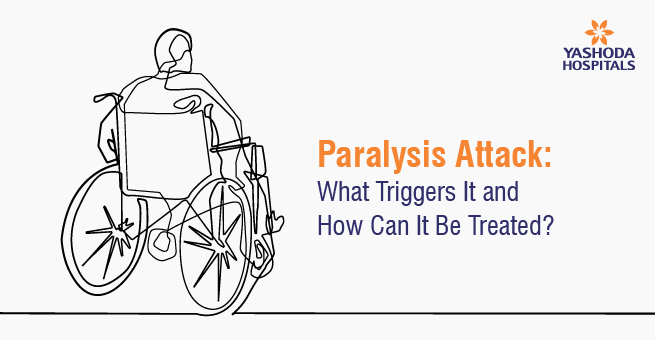


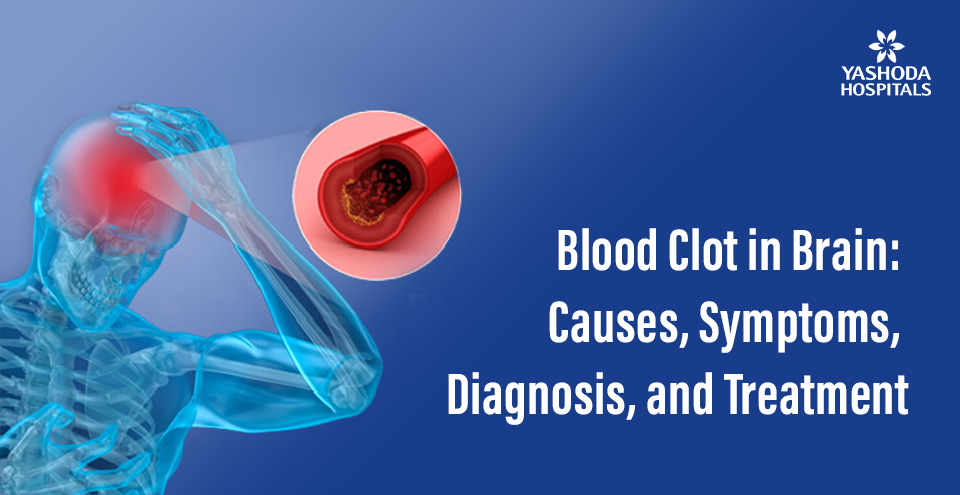
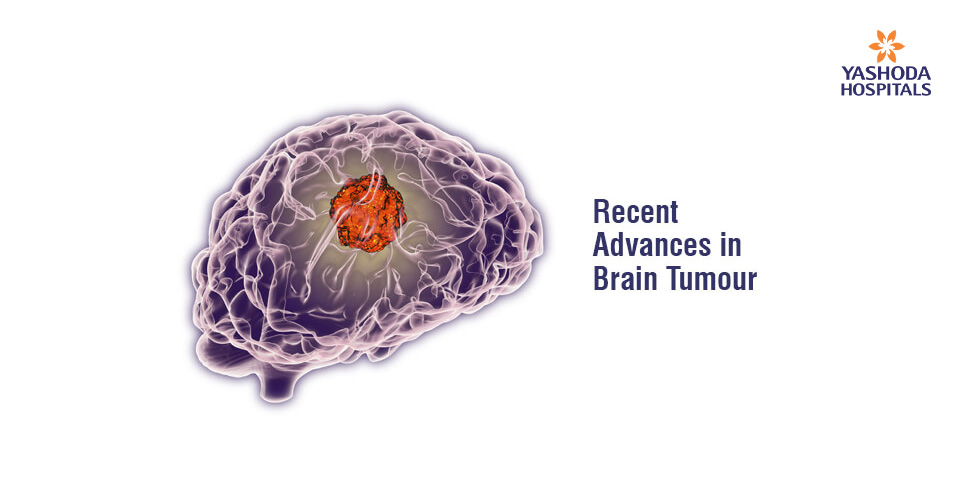
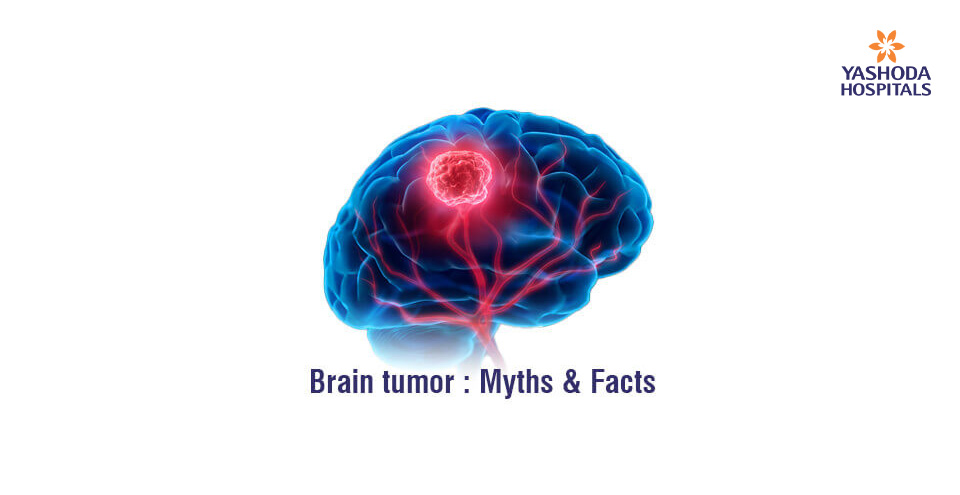
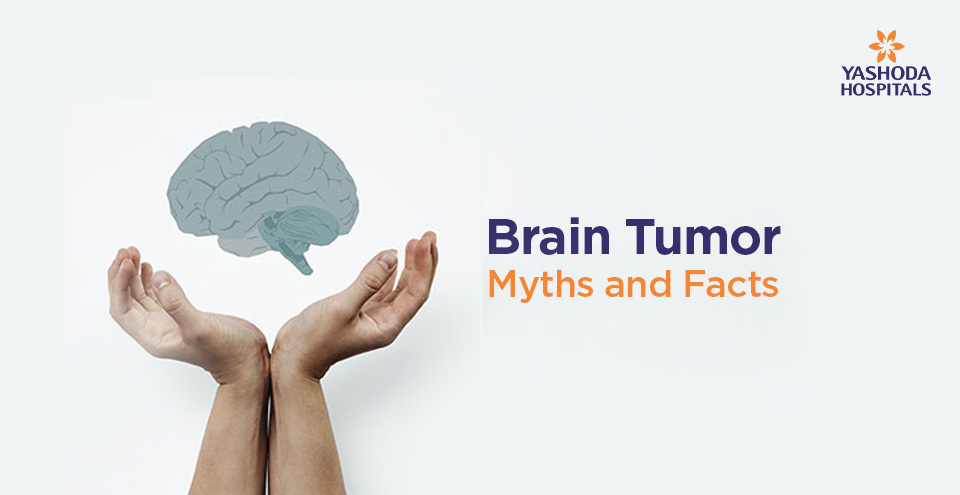
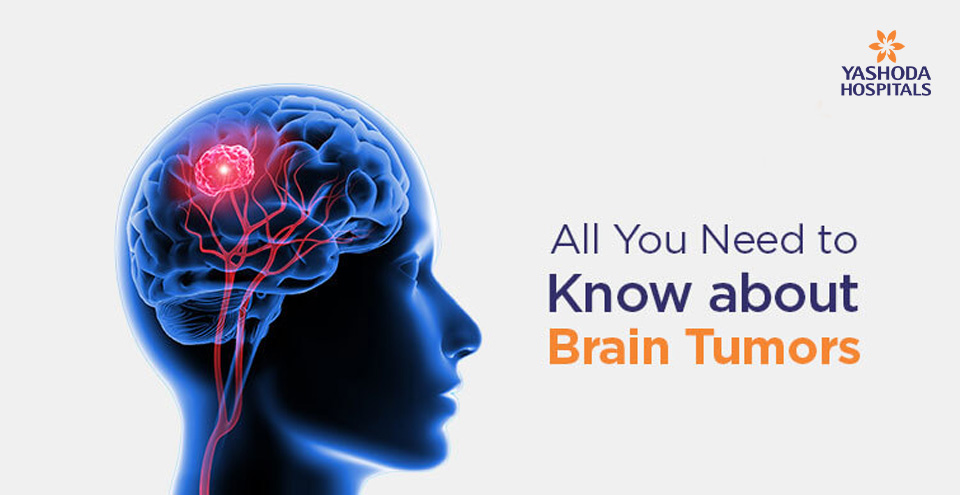
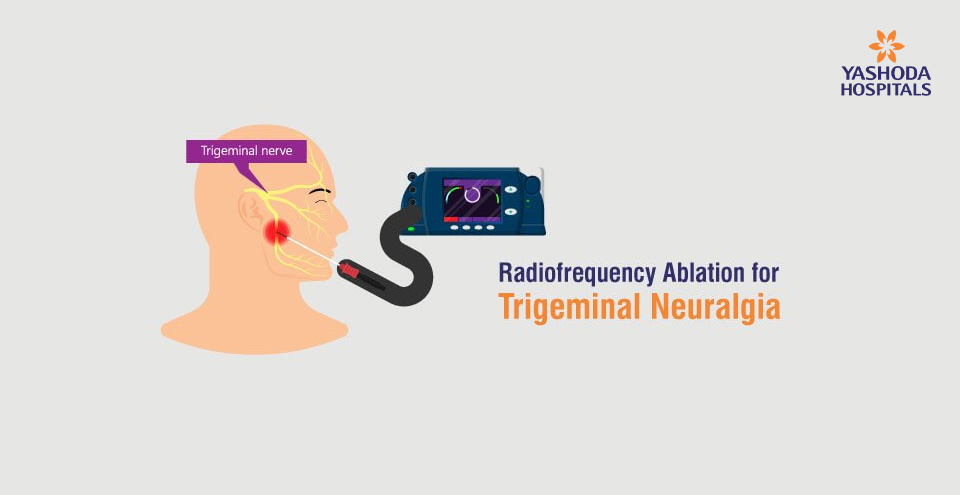





 Appointment
Appointment WhatsApp
WhatsApp Call
Call More
More